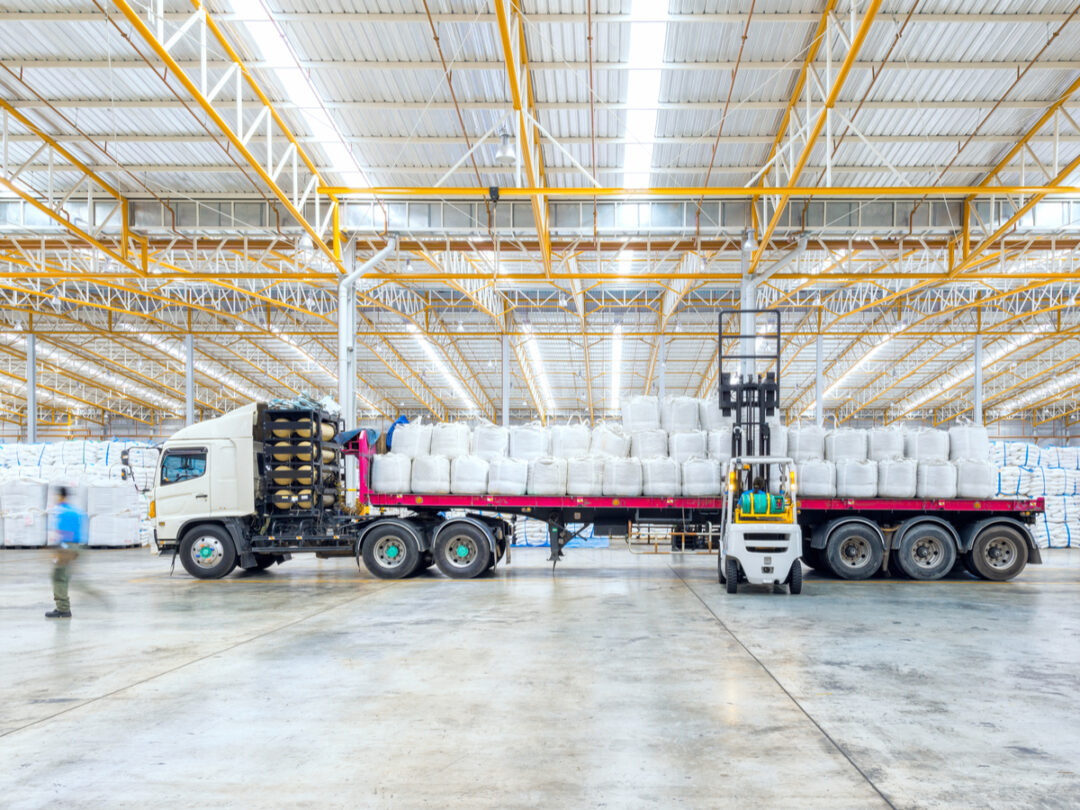.jpg?height=100&t=1742184082&width=150)
From sourcing to delivery, the last leg in a product’s journey can ultimately determine its success.
That’s especially true if a product is manufactured in one country and sold and distributed in another. What happens when it arrives at port of entry, makes its way through the warehousing process, and how it’s distributed to the end customer are all critical elements to understand — especially when evaluating the value of working with a logistics partner.
A logistics partner can help reduce execution risk and differentiate a product from its competition from a cost and speed-to-market standpoint. But how do you choose the right partner? For example, do you need a one-stop-shop, or would multiple partners be a better solution? The following article examines these considerations, and offers key criteria in determining which logistics provider is right for you.
End-to-end providers are beneficial if you require full supply-chain support. They’re able to review all of the processes involved in distribution and use their knowledge to reduce cost and increase speed to market. These providers are able to view all of the processes involved in the distribution process, and use their expertise to create efficiencies across the entire supply chain. They can leverage cost across multiple services such as drayage, warehousing and outbound distribution, resulting in lower costs and a better balance of needs.
By contrast, when using multiple partners, it’s important to note that your company must have the internal resources to effectively manage the administration, coordination and systems in place to manage each supplier. In either case, your logistics provider should have the geographical expertise necessary to facilitate execution and reduce risk.
When choosing a logistics partner, you must also understand how it will manage and navigate distribution to the final customer. It sounds obvious, but these steps involve maximizing speed and minimizing costs across the dray of the container from an ocean terminal, warehousing or cross-dock to the end customer — and the devil is in the details.
Depending upon individual supply-chain requirements, storage, consolidation and de-consolidation might also take place.
Drayage Handling
The global shipping market and infrastructure have put tremendous pressure on land-based operators and logistics providers to facilitate the handling of larger ships, container bunching, late deliveries and other challenging conditions that can create a bumpy process. Logistics providers must not only possess the ability to navigate the port landscape, but also must develop strategic relationships to be able to offer flexibility and solutions during smooth seas and in times of trouble.
It is also imperative that they have sufficient resources to manage various conditions effectively, from equipment flexibility, yard storage and warehousing to cross-docking and security. Finally, logistics providers should have the ability to integrate with your systems — including your importer or broker, steamship lines, ocean terminals and, ultimately, your customer. The ability to interpret, react and execute across all of these functions is a necessity.
The Right Storage Solution
Should you need to store your product for a period of time, or transfer, consolidate or de-consolidate the product before it reaches final destination, you’ll need to consider a logistics provider with a comprehensive warehouse solution. One of the most important factors is the location. How far is the warehouse to the port of entry? To the customer? What’s your access to inventory like? Further, major markets are seeing limited storage space and a competitive market for warehouse labor.
Demonstrated growth in tight markets and a proven history of hiring and retaining labor are essential in ensuring that they can grow with you and maintain performance indicators. Finally, providers that can further enhance your supply chain with special services (i.e., storage in an overweight zone, temperature-controlled, racked or un-racked space, co-packing, re-packing, etc.) and state-of-the-art technologies that provide visibility into inventory and product tracking should be strongly considered.
Effective Coordination
Your logistics provider should facilitate these key terms:
- Efficiently and effectively process customer orders,
- Schedule appointments with your transportation providers and coordinate outbound transportation,
- Offer access to robust systems and technology, and
- Coordinate with all constituents through fulfillment and operating key performance indicators and predictive analytics.
Finding the right partner or partners to navigate your supply chain is critical to striking the right balance between speed to market and costs, and ultimately the success of your company and product. Expert knowledge, breadth of service and a demonstrated history of success over many years are the attributes necessary for selecting the right partner for you and your organization.
Jamie Overley is CEO of East Coast Warehouse & Distribution, a provider of temperature-controlled logistics services to food and beverage importers.







